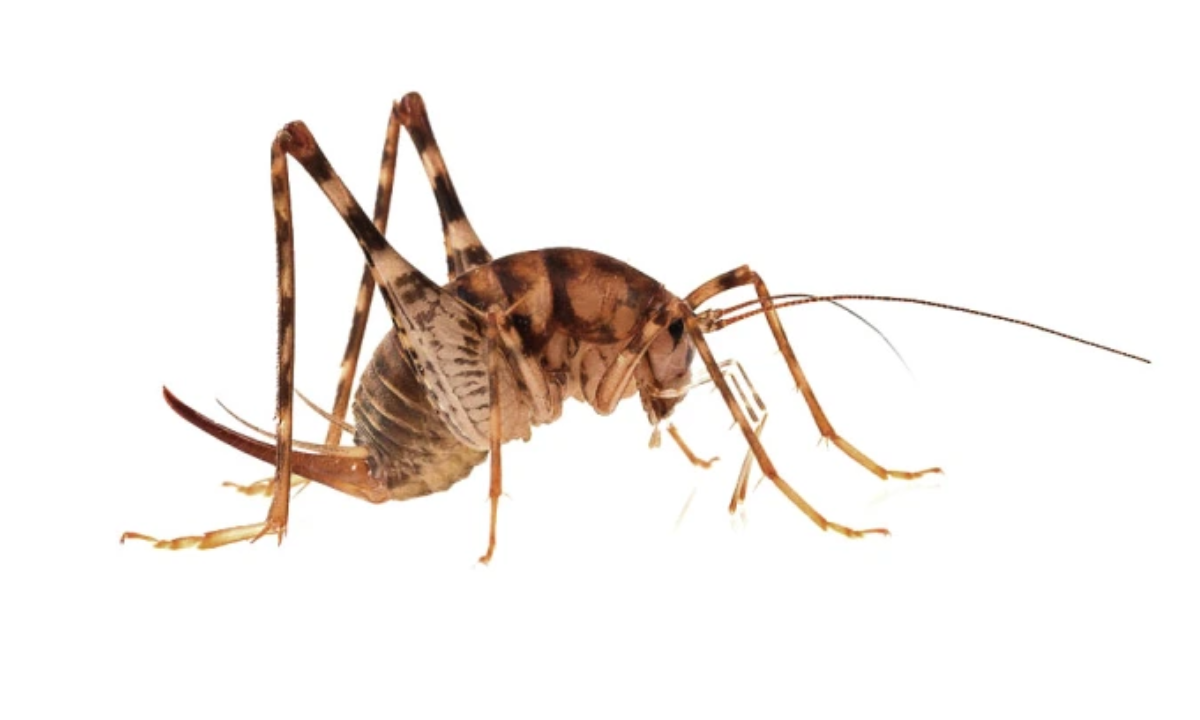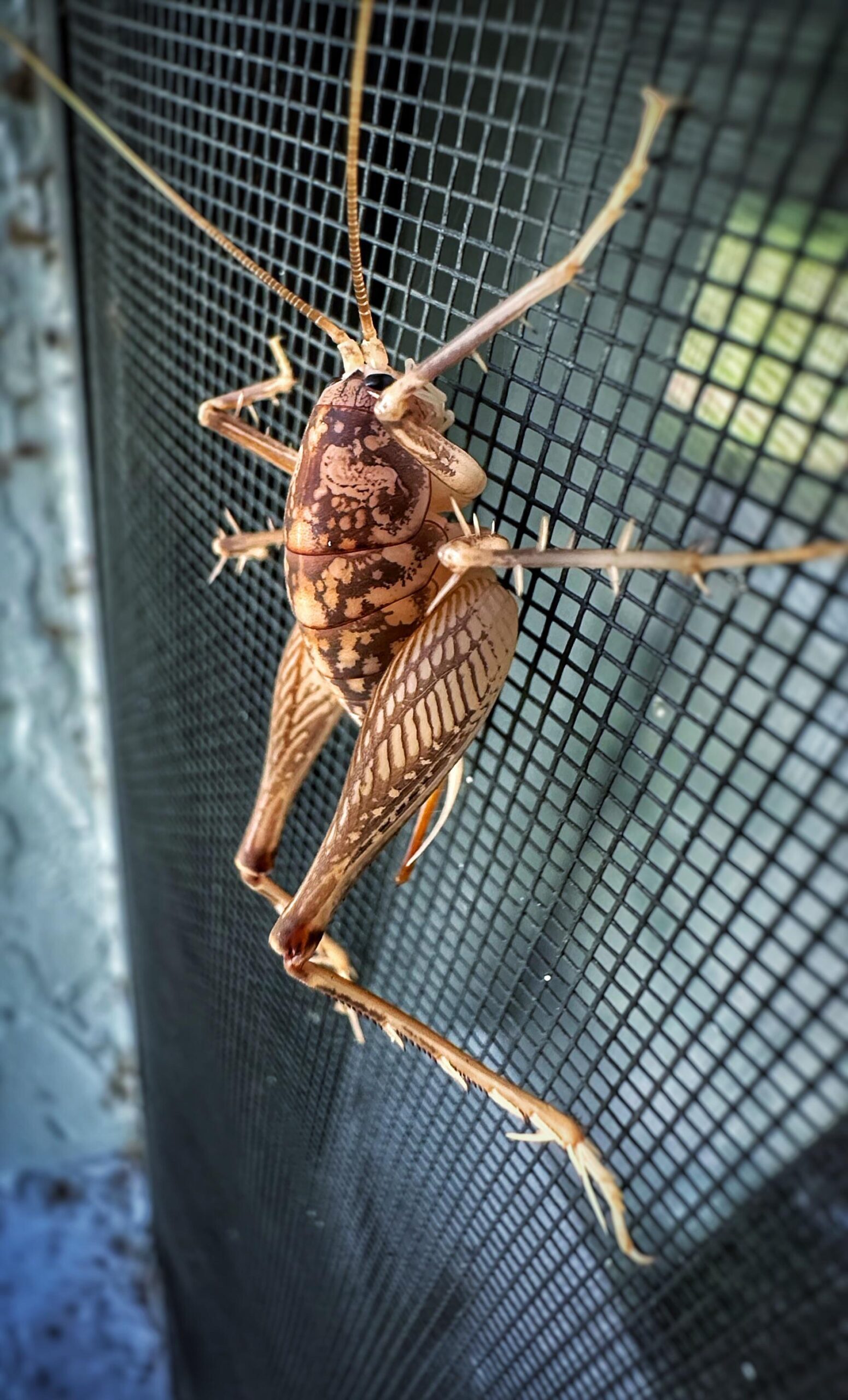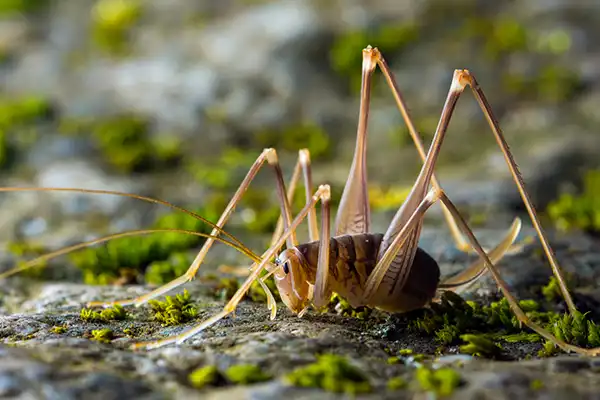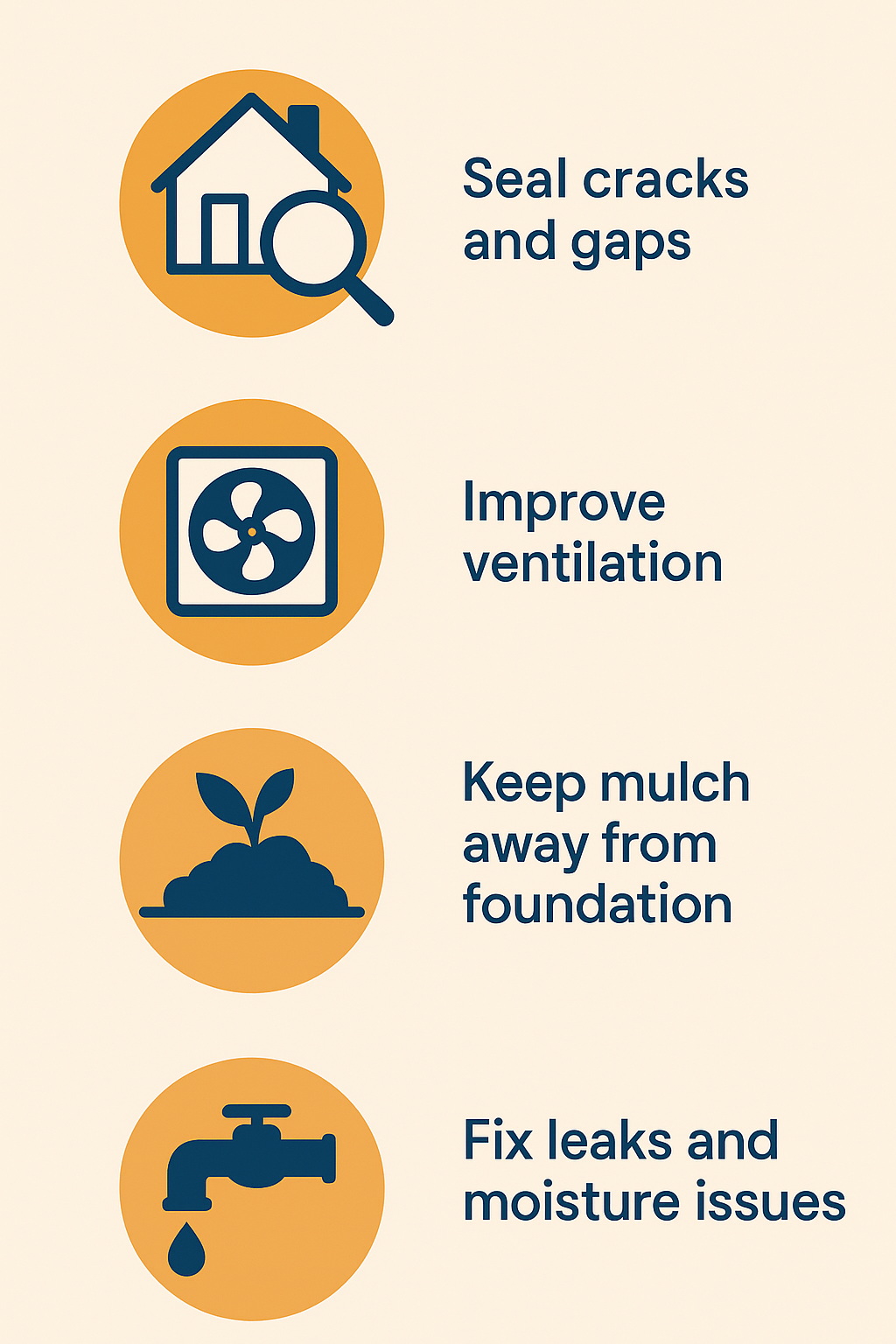Camel Crickets

Camel Crickets in Massachusetts
Camel crickets, sometimes referred to as cave crickets or spider crickets, are one of the more unusual pests Massachusetts homeowners encounter. Their name comes from their distinctive arched backs, giving them a hump-like appearance. Unlike the chirping house crickets that people may be more familiar with, camel crickets are silent. They do not have wings and cannot produce sound, yet they can leap surprisingly high using their powerful hind legs. While they are harmless to humans in terms of biting or spreading disease, these pests often create a nuisance when they find their way indoors, particularly in homes with damp, dark environments.
For many residents, the first sign of camel crickets is not visual at all but rather the startling experience of having one suddenly jump toward them when disturbed. This behavior can be alarming, but it is not an attack; it is a natural defense mechanism. Still, the presence of camel crickets is not something homeowners should ignore, as they can multiply quickly and cause damage to belongings if an infestation is left untreated.
What Do Camel Crickets Look Like?
Homeowners often mistake carpenter ants for termites or other ant species, which can lead to delayed treatment. Carpenter ants are larger than most ants, typically ¼ to ½ inch long, and range from black to dark brown, sometimes with reddish coloring. Unlike termites, they have a distinct “waist” and bent antennae.
The key difference lies in their behavior: carpenter ants do not eat wood, but they hollow it out to build nests. They prefer damp, decaying wood, making areas near leaks, crawl spaces, and window sills prime targets.
Behavior and Life Cycle
Camel crickets are primarily nocturnal, spending the day hiding in dark, moist areas and becoming active at night to forage. Their diet consists of:
Fungi and decaying organic matter
Dead insects
Fabrics, paper, and stored items when other food sources are scarce
These crickets typically lay eggs in soil or damp crevices, and populations can grow quickly if conditions remain favorable.
Behavior and Feeding Habits
Camel crickets do not feed in the same way as many other insects. They are scavengers, eating a wide variety of organic matter. Outdoors, they consume decaying plant material, fungi, and even the remains of dead insects. When they move indoors, they may chew on paper, fabrics, cardboard, and stored items if they are unable to find other food sources. This feeding behavior, while not destructive in the way termites or carpenter ants are, can still result in damage to household belongings over time.
Their nocturnal activity often goes unnoticed, as they typically come out only in the dark. Homeowners may only discover an infestation when they find irregular holes in fabrics or notice yellowish stains on stored items where the crickets have been feeding or hiding.

Where They Hide and Why They Invade Homes
The typical habitats of camel crickets are caves, under rocks, and other moist outdoor environments. However, when the weather becomes too hot, dry, or inhospitable outside, they search for new places to live. Basements, garages, utility rooms, and sheds in Massachusetts homes often provide exactly what they need to survive: cool, damp, and dark spaces with minimal disturbance. Crawl spaces that have high humidity or poor ventilation are especially vulnerable to infestations.
During late summer and fall, homeowners may notice an increase in these pests as they begin to move indoors more frequently to escape the heat or find stable humidity. Unlike pests that only appear during certain months, camel crickets can survive indoors year-round as long as conditions remain favorable.
Are Camel Crickets Dangerous?
From a health perspective, camel crickets are not dangerous. They do not bite, sting, or spread diseases. However, their presence can be unsettling, particularly when they appear in large numbers or unexpectedly leap toward people. Additionally, their chewing habits can damage stored clothing, books, and even drywall paper in extreme cases. An infestation can also be a sign of underlying moisture problems in the home, which could attract other pests.
Do not bite or sting
Do not spread diseases
Are not venomous
Seasonality in Massachusetts
While camel crickets can be present year-round indoors, they are most commonly seen in late summer and fall, when outdoor conditions drive them into homes seeking moisture. Basements and crawl spaces with poor ventilation are particularly vulnerable during this time.

How to Prevent Camel Crickets
Preventing camel cricket infestations involves reducing the damp, dark conditions they favor. Homeowners can:
Seal entry points such as gaps around doors, windows, and foundation cracks
Improve ventilation in basements and crawl spaces with fans or dehumidifiers
Reduce outdoor harborage areas by keeping mulch and woodpiles away from the foundation
Maintain low moisture levels by fixing leaks and improving drainage
These steps make your home less inviting to camel crickets and other moisture-loving pests.
Why DIY Methods Often Fall Short
While sticky traps or over-the-counter sprays may catch or kill some camel crickets, they rarely address the source of the problem, moisture and shelter. Without correcting these environmental factors, infestations often return.

Questions About Camel Crickets
They may appear to jump toward you when startled, but this is a defense mechanism, not aggression.
Most die off in freezing conditions, but those that have moved indoors can survive year-round,
They often congregate in damp areas, so where there is one, there are likely more.
Yes. Their presence and the damp conditions they prefer can attract spiders and other insects.
Protect Your Home from Camel Crickets
Barnstable County, MA
Plymouth County, MA
Mon - Fri 7:00 am - 7:00 pm
Sat 8:00 am - 3:00 pm
Sun: Closed
Operation Hours: Mon-Sat: 7am - 7pm
Office: (508) 815-4842
Alternate: (508) 815-3114
info@servpest.com

